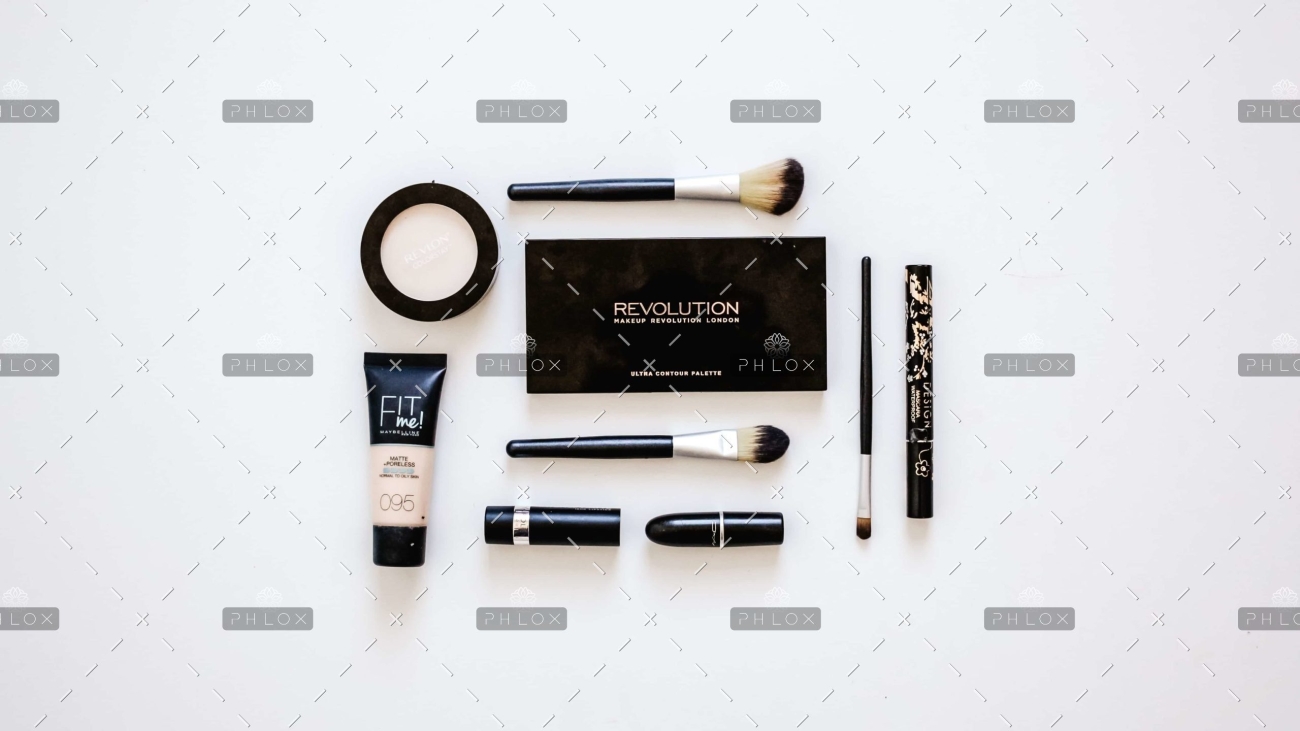Vill du läsa en blogg om foto och arkitektur kan du läsa om det här. adamphotography
Här kan du hitta en sida om resor både med curises dvs båt och flyg hos alterfors
Är du intresserad av sjukvård, hälsa och vilka mediciner du ska använda från fass och 1177 så kan du läsa den här bloggen som heter analsyguiden.se
Allt för ditt kök som köksinredning, köksmaskiner och vitvaror hittar du här hos oss. amandaeklund.se
Allt om vitt vin, rött vin och vintips till olika maträtter hitta du här på denna blogg. angelinajolie
Behöver ditt företag hjälp med att synas på Google så kan du gå in här och maila bloggportalen blogbiz.se.
Vill du stötta katterna i vårt samhälla eller lära dig allmänt om katter kan du läsa om dem här hos emilymatilda.se.
Älksar du ägg och vill lära dig vilka maträtter du kan laga med ägg eller bakverk med ägg kan du gå in här och få lära dig mer hos eggvena.se.
Nyfiken på att spara pengar genom att bara handla på sceond hand kläder kan du besöka annamedium.se här.
Behöver du hjälp med att inreda ett barnrum och vill få inspiration kan du besöka anneliekallstrom.se då denna blogg.
Älskar du loppis och vill veta mer var i Sverige dessa loppis gömmer sig kan du följa tant Elsas loppisblogg här hos annettewickander.se
Här nätverkar kvinnor och bakar något gott tillsammans hos bettysinspiration.se
Hur fungerar egentligen attraktionslagen och vad bör man tänka på? Mer om attraktionslagen kan du läsa om här hos bloggfokus.com
Konst och konsthistoria kan du läsa om här på denna blogg blogkeen.se
Är du rädd för spöken? Vågar du göra en spökvandring läs mer om det på denna blogg här bloog.se
Är du nyfiken på hur konst och godis går ihop. Här kan se se på vackra godis med motiv av vacker konst på. Du hittar även afternoon tea med fina konstmotiv på denna sida blooog.se
För dig som älskar choklad i alla dess former kan du läsa denna blogg här chokladspa.eu
Dogge Doggelito folkär artist och rappare från Sverige här hittar du hans blogg doggedoggelito.nu
Här kan du få tips på business och affärsidéer. Har du egen egen affärsidé då kan du dessutom hör av dig till elilaserochskriver.se
Hippolog eller bara intresserad av att rida kan du läsa om ridning här dressyrringen.se
Hur beter man sig i fina salonger? Här kan du lära dig allt om vett och etikett cementaresearch.se
Homosexuell och pride gäst kan du läsa mer om här på bloggen hos gaybloggen.com
Allt om örter här på örkatalogen kan du läsa mer om i denna blogg gofitsverige.se
För dig som älskar godis och vill lära dig hur du dekorera tårta med godis. Här kan du läsa om godis i denna blogg glammamman.se
Kaffe, te, godis och kryddor hittar du i denna delikatess sida wendelinskaffe.com
Här kan du lära dig allt om kaffe då du hittar en kaffeblogg på denna sida också wendelinskaffe.se/blogg
Bloggen som rekommenderar hälsosamma produkter som är utan allergener och certifierade hos halsovillan.se
Här hittar du konst som går i stilen shabby chic konstnarsforening.se
Är du republikan eller rojalist? Här hittar du allt om svenska kungahuset och den europiska kungahuset hos kungaexpertisen.se
Vill du utbilda dig till frisör eller vill du bara veta allt om hur du vårdar ditt hår då ska du läsa denna blogg jessicaadler.se
Här kan du läsa om upplevelser kullamannen.nu
Denna blogg är en vegan sida krokanden.se
Här hittar du allt som är ekologisk malmflod.se
Vill du äta en god lunch då hittar du det här lunchval.se
Jämför varor och köp den billigaste här lyoness-online-shopping.se
Denna blogg är sockerbagare och bakar allt med socker matbloggerskan.se
Bloggen om Edward Blom och andra matprofiler mattanten.se
Vill du starta eller gå en kurs då ska du läsa denna blogg mariamagdalena.se
Vill du läsa bästa skönhetsbloggen om permanent ögonbryn make-up? Då ska du verkligen kolla in denna blogg mangsysslarna.se
En blogg som hjälper småföretag att starta upp företagsbloggar och dessutom tjäna pengar på sitt innehåll veckomagasinet.com
Ljusboksrecensioner hittar du på denna blogg peterwestberg.nu
Allt inom virkat och stickat hittar du hos mooollys.se
Växter och plantage hittar du här resurscoachen.nu
Hantverk och gjuta i betong dreja hittar du här micaelasund.se
Här hittar du allt inom kaffe och kaffedrycker smaksattkaffe.com
Allt om det övernaturliga hittar du på denna blogg spokbloggen.nu
Konst och inredning hittar du på denna blogg solvindens.se
Samlar du på något eller vill läsa om andra som samlar så kan du läsa denna blogg superweb.se
Vill du besöka ett museum så hittar du alla museer här terrangcampekeby.se
Här hittar du alla hotell i Sverige och även lite utomlands som vi rekommenderar thailandspecialisten.se
Här kan du läsa om psykologi och personlig utveckling sverigesbastaforetag.se
Leksaker och miniatyr möbler mm för dockhus hittar du hos siarmoone.nu
Tips på butiker vivasupermarket.se
Kafé och restaurangguiden hittar du här petitmoulin.se
Runar Sögaard blogg runarofficial.se
Bloggen om korv och chark sibyllas.se
Här hittar du livsmedel uppsalacateringsfirma.se
Allt om kvinnor och hälsa hittar du här hos evelinamenskopp.se
Föräldrar blogg hittar du här childrensfuncamp.se
Här hittar ni en mamma och föräldrarblogg mehedebykursgard.se
En sida om shabby chic konst carleljung.se
Här kan ni lära er allt om vett och etikett samt hur man beter sig i fina salonger med kungafamiljen närvarande. linefin.se
Cafe och restaurang guiden hittar ni här petitmoulin.se
En sida om shabby chic konst carleljung.se
Här kan ni lära er allt om vett och etikett samt hur man beter sig i fina salonger med kungafamiljen närvarande. linefin.se









